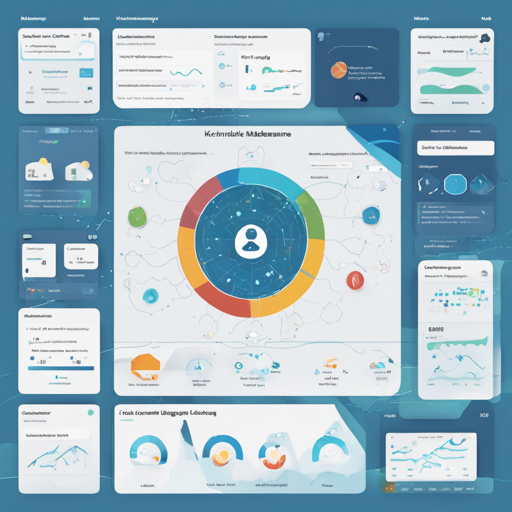Kubemarine is an open-source management tool that simplifies the deployment and maintenance of Kubernetes clusters. This article will guide you through installing Kubemarine and provide insights into its features, functionalities, and troubleshooting tips.
Why Use Kubemarine?
Kubemarine stands out due to its lightweight nature and powerful capabilities for end-to-end Kubernetes deployment. The tool is flexible, allowing customization for specific use cases, thus catering to various budget and scalability needs.
Installation Methods
There are three primary methods for installing Kubemarine: Binary Installation, Package Installation, and Installation from Sources. Choose the method that best aligns with your environment’s needs.
Kubemarine Binary Installation
- Download the binary file for your system from the latest release.
- Move the binary file to a separate folder.
- Run Kubemarine by executing:
kubemarine helpKubemarine Package Installation
- Install the latest Python.
- Upgrade pip:
- Set up your virtual environment (if needed).
- Install the Kubemarine package:
- Run Kubemarine:
# For Linux/MacOS
python3 -m pip install --upgrade pip
# For Windows
python -m pip install --upgrade pip# For Linux/MacOS
python3 -m pip install kubemarine
# For Windows
python -m pip install kubemarinekubemarine helpKubemarine Installation from Sources
This process is similar to Package Installation but involves some additional steps:
- Download the latest release or clone the repository:
- Navigate to the project directory:
- Install before running Kubemarine:
- Execute:
git clone https://github.com/NetcrackerKubeMarine.gitcd kubemarine# For Linux/MacOS
python3 -m pip install -e .[ansible]
# For Windows
python -m pip install -e .kubemarine helpSetting Up a Kubernetes Cluster
To set up a cluster using Kubemarine, follow these instructions:
- Prepare your VMs or bare-metal machines based on the Recommended Hardware Requirements.
- Create a
cluster.yamlfile describing your environment. Here’s a quick example: - Move
cluster.yamlto the Kubemarine installation directory. - Verify your infrastructure with:
- Start the installation process:
- Finally, check the health of the new cluster:
node_defaults:
keyfile: home/username/.ssh/id_rsa
password: env.PASS
username: centos
vrrp_ips:
- 192.168.0.250
nodes:
- name: k8s-control-plane-1
internal_address: 10.101.0.1
roles: [balancer, control-plane, worker]
kubemarine check_iaaskubemarine installkubemarine check_paasUnderstanding the Process: An Analogy
Imagine you are organizing a large festival. Kubemarine acts like the festival organizer — it ensures everything is set up just right, from the stages (Kubernetes nodes) to safety plans (configuration settings). The steps for setting up the festival mirror the steps you follow for installing and configuring Kubemarine. Just like it’s vital for festival organizers to have a detailed plan and checklist to ensure everything runs smoothly, it’s crucial to format your cluster.yaml correctly to communicate between the different parts of your Kubernetes cluster efficiently.
Troubleshooting Tips
- If you encounter issues while working with Kubemarine, consider checking the issues section on GitHub for similar problems.
- Consult the troubleshooting guide provided in the documentation for common resolution strategies.
- For more insights, updates, or to collaborate on AI development projects, stay connected with fxis.ai.
At fxis.ai, we believe that such advancements are crucial for the future of AI, as they enable more comprehensive and effective solutions. Our team is continually exploring new methodologies to push the envelope in artificial intelligence, ensuring that our clients benefit from the latest technological innovations.

